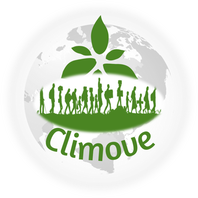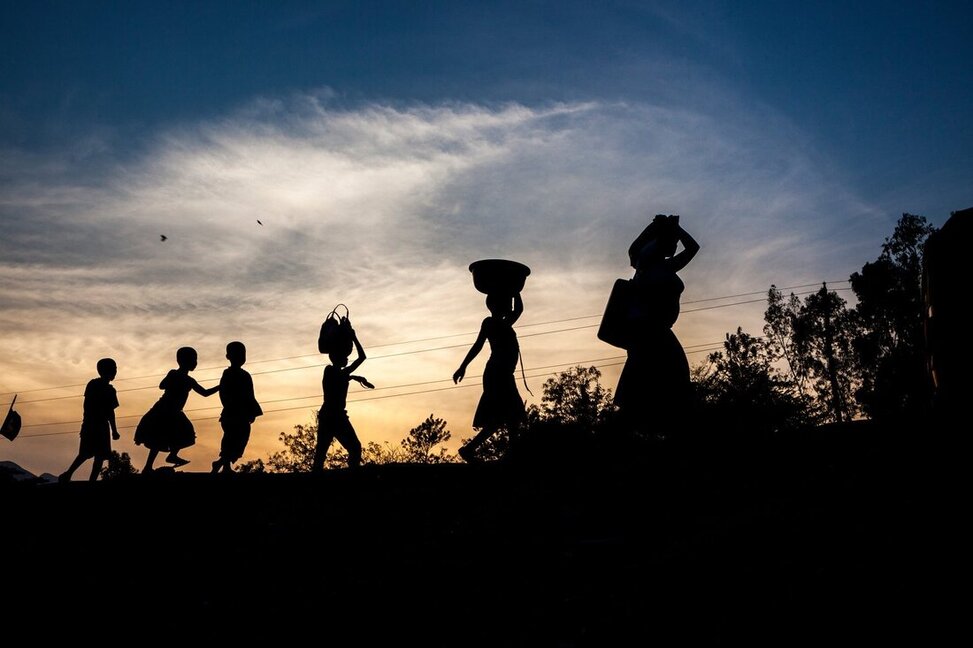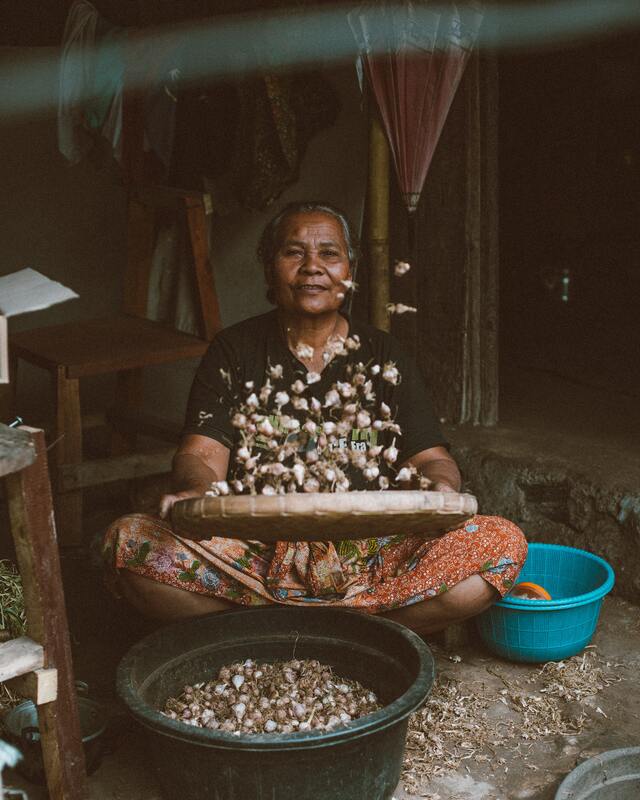|
|
The importance of indigenous peoples' role in protecting the environment in many parts of the world is fundamental and was recognised in the United Nations Declaration on the Rights of Indigenous Peoples (UN, 2007). Their lives and identity are inextricably linked to their lands and territories, as an expression of identity, culture, spirituality and livelihoods. And while migration is part of their ancestry, conflicts arising mainly from extractivist activities, which severely violate their most fundamental rights, together with the effects of climate change may force communities to leave the areas where they have habitually lived. It is generally understood that indigenous populations are strongly rooted in their territories and customs and are located in areas of high natural wealth far from urban areas. For this very reason, hundreds of millions of indigenous peoples live in places exposed to conflict, disasters, climate change and development projects, and face a high risk of forced displacement. However, the indigenous experience has not been considered in international migration frameworks and, as a result, the numbers of displacement of indigenous populations are not entirely accurate. In this regard, the Internal Displacement Monitoring Centre's (IDMC) Internal Displacement Database is the most comprehensive source of information. This database has counted 27,000 displacements due to conflict and 46,000 displacements due to disasters and displacement of indigenous people between 2017 and 2021. The largest number of displacements occurred in the Philippines with 24,000 conflict displacements of indigenous people, Canada with 31,000 disaster displacements and Colombia with 14,000 displaced from their lands. In the Latin American region, in 2010 there was an estimated population of 45 million indigenous people in the region, and in 2018 there were 83,000 indigenous international migrants in 9 Central American countries, the majority of whom were women. Displacement of indigenous people, especially forced displacement, has a major impact, as it forces them away from their traditional lands and customs, creating a myriad of challenges, including lack of access to public services and discrimination.
Despite the contexts of vulnerability faced by indigenous peoples, they are seen as key agents of change for climate action. Their way of life, economic activity and traditional knowledge are of great importance and value for climate change adaptation. The 1992 Rio Declaration and the 1992 Convention on Biological Diversity already point to indigenous peoples as a model of life that ensures in situ conservation, and it is the maintenance of this knowledge that will allow future generations to know how to live sustainably in their territories. The 2015 Paris Agreement explicitly recognises the importance of indigenous peoples' knowledge in climate action. Thus, in the development of climate change mitigation or adaptation measures, if this knowledge is not taken into account and not open to the participation of indigenous peoples, there is a risk that they will not be effective and may even further harm communities. For example, the implementation of renewable energy projects without the participation of affected communities can lead to their forced displacement and livelihood insecurity, affecting their identity traditions, and even limiting their capacity to respond to climate vulnerabilities. All in all, there is a lost opportunity to build on indigenous knowledge, which as the IPCC's Fifth Assessment Report recalls is an important source for climate change adaptation. Other international documents have also pointed to this recognition. The Sendai Framework for Disaster Risk Reduction 2015-2030, in addition to its Preamble, states as a priority for action to "24 i). Ensure that traditional, indigenous and local knowledge and practices are used as appropriate to complement scientific knowledge in disaster risk assessment and in the development and implementation of sector-specific policies, strategies, plans and programmes, with a cross-sectoral approach, which should be locally and context-specific" and 36(a)(v) Indigenous peoples, through their experience and traditional knowledge, provide an important contribution to the development and implementation of plans and mechanisms, including early warning mechanisms. For these reasons, it is essential to respect indigenous peoples' rights and increase their participation in climate policies.
0 Comments
Leave a Reply. |
Susana BorràsMarie Skłodowska-Curie Fellow (H2020-MSCA-IF-2020)nº101031252 Archives
March 2023
|
Proudly powered by Weebly





 RSS Feed
RSS Feed